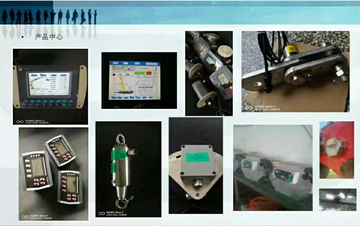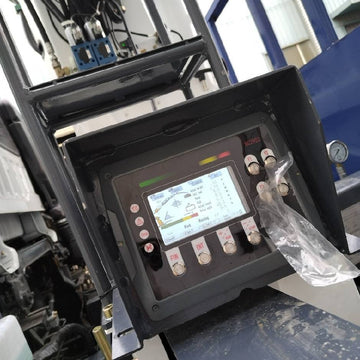
When it comes to operating heavy machinery, safety is paramount. One crucial tool that aids in ensuring safety on construction sites is the boom angle indicator. But what exactly is a boom angle indicator and why is it so important?
What is a Boom Angle Indicator?
A boom angle indicator is a device that measures the angle of a crane or other lifting equipment's boom. It provides real-time feedback to the operator, indicating the angle at which the boom is positioned in relation to the ground. This information is vital for preventing accidents and ensuring the stability of the equipment during lifting operations.
How Does it Work?
The boom angle indicator typically consists of sensors that detect the angle of the boom and a display unit that shows the angle to the operator. The sensors can be based on various technologies such as inclinometers or accelerometers, depending on the specific design of the indicator. The display unit is usually located within the operator's line of sight for easy monitoring.
Why is it Important?
Maintaining the correct boom angle is crucial for the safe operation of cranes and other lifting equipment. Operating with the boom at an incorrect angle can lead to instability, tipping, or even catastrophic accidents. The boom angle indicator helps operators ensure that the equipment is within the safe operating range, reducing the risk of accidents and injuries on the job site.
Benefits of Boom Angle Indicators
Studies have shown that the use of boom angle indicators can significantly reduce the number of accidents related to crane operations. In fact, research has indicated that the implementation of boom angle indicators can lead to a decrease of up to 60% in crane-related incidents. This technology not only enhances safety but also improves efficiency by allowing operators to work more confidently and accurately.
Furthermore, boom angle indicators help operators comply with safety regulations and industry standards, ensuring that lifting operations are conducted in a safe and controlled manner. By providing real-time feedback on the boom angle, these devices empower operators to make informed decisions that protect both personnel and property on the job site.
Conclusion
In conclusion, a boom angle indicator is a critical safety tool that plays a key role in preventing accidents and ensuring the stability of lifting equipment. By providing operators with real-time feedback on the angle of the boom, these devices help enhance safety, efficiency, and compliance with industry regulations. Investing in boom angle indicators is not just a smart choice for businesses—it's a commitment to prioritizing the well-being of workers and the success of construction projects.


